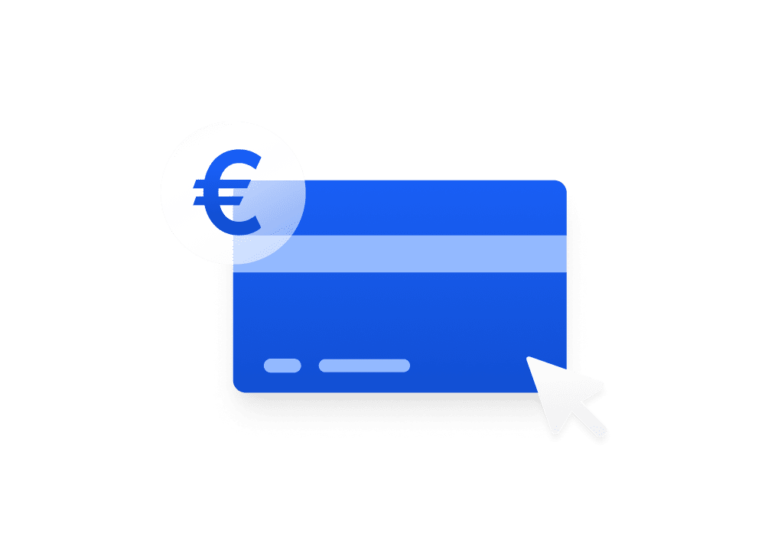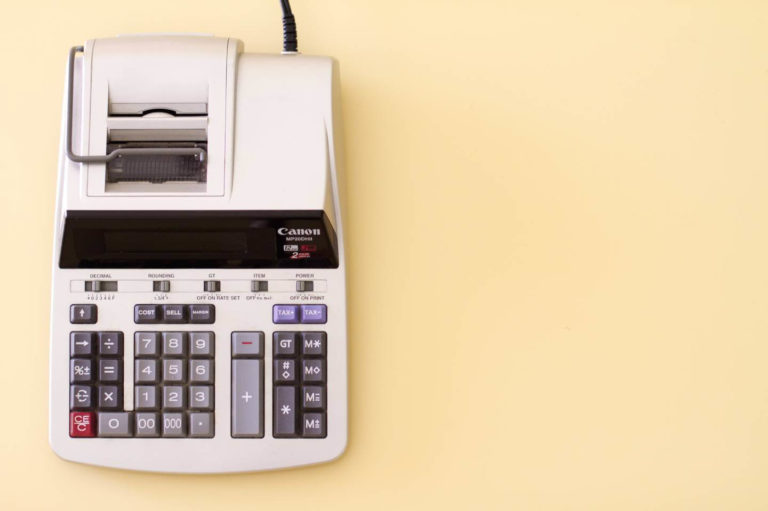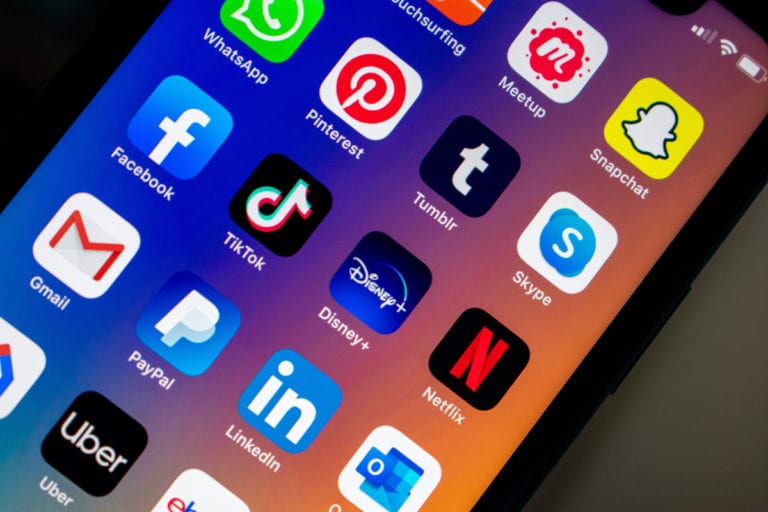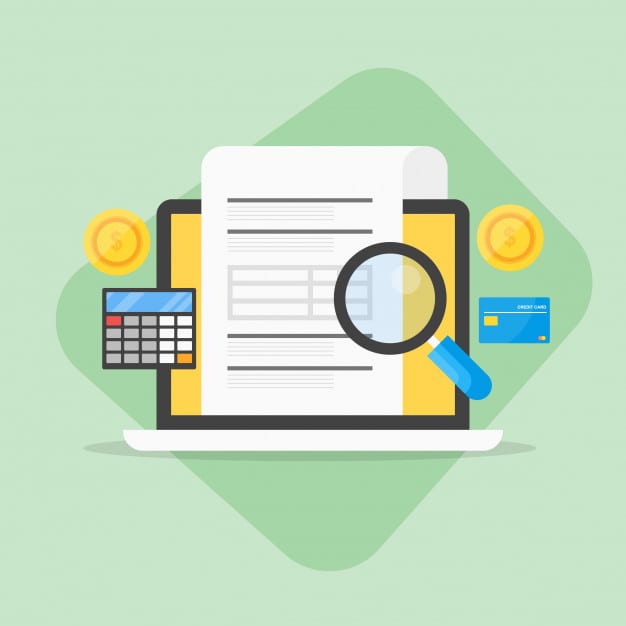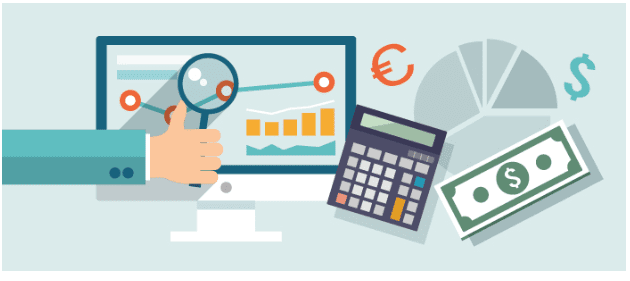If you’re self-employed, a freelancer, or a small business owner, you’re probably no stranger to the concept of invoicing, setting payment terms, and long waiting times to getting paid.
It’s no question that apart from the quality work that they produce for clients, creating and sending invoices to get paid are a part of small business’ routine. And for some, it gets very frustrating when these invoices aren’t treated with any sort of priority by the clients they are sent to – ergo, freelancers and small businesses are sick of clients taking way longer to pay them than they actually should.
Like any other worker, freelancers have bills to pay and daily expenses to handle – a dip in the monthly cash flow is certainly not ideal, and it is a terrible feeling knowing you’re past due on some bills while waiting on that payment from that big job you did weeks ago – even after back and forth emails with your client to expedite the payment process.
Here’s how you can protect yourself from having to deal with these unfortunate situations as a freelancer and to make sure that you’re getting paid on time.
What does it mean due upon receipt?
There’s no subtle, subversive message behind the words “due upon receipt” here. It essentially means that the payment is due immediately upon your client receiving the invoice.
It is a straightforward way to demand that your client gets the payment for your work ready as soon as possible. In ideal cases, a same-day payment is possible, but the “due upon receipt” terms normally mean that the payment should be expected by the next business day.
What does it mean to pay a bill upon receipt?
Pay bill upon receipt represents a reversed concept of the above due upon receipt. In this case, you are the customer who has to pay for either an itemized list of products or services that were sold to you – and the total amount of money that you have to pay is reflected in the bill you receive.
A bill is what you receive from others and have to pay out of your pocket to settle, while an invoice is what you send out to others to receive payment from.

How do you politely ask for an invoice to be paid, and get paid?
As a freelancer or small business owner, there’s nothing worse than looking like you’re desperate to get paid in the eyes of your clients. It’s always a good idea to maintain professionalism in every aspect of your business dealings, no matter how tough the situation may be.
Although your clients are legally obliged to pay you in the time that you specified in your invoice, you are bound to face late-payers in some way, shape, or form in your Small to Medium Enterprise journey.
Here are a few steps you can follow to get paid by your clients who owe you money for the work you’ve done, make sure your due upon receipt invoices are resolved, and whilst remaining completely professional.
Email as a first reminder to check that your client has received the invoice
If your client hasn’t paid by the due upon receipt date stated in the payment terms on your invoice, first establish that no communication error has occurred in the process. You might not be the only contractor working on projects for your client. In some cases, you might find that your initial invoice got lost in their inbox – a simple technological error.
Email your client to politely remind them that the payment is due for your work and is past the due upon receipt date agreed in writing. Make sure that they have received your first invoice and understood the term of payment you set out in it.
Call your client as a second reminder of payment
If the initial email correspondence is not successful in getting your client to pay you promptly, the next course of action is to talk to your client on the phone. A telephone call allows you a direct line of communication with your client to sort out your payment issues.
During the call, identify yourself and calmly explain that you’ve tried to reach out on multiple occasions via email regarding a late payment. Try and secure payment from your client over the phone if possible, through direct bank transfer or credit card payment. Otherwise, secure a written commitment on the date and method of payment from your client that can be used as a legal reference if required.
The idea is to apply enough pressure to get your client to pay what they owe you while being strictly professional about it and highlighting that it’s past the due upon receipt date that you agreed in the initial payment terms.
Consider stopping future work with your client
By this time, if your client still hasn’t paid, has broken the initial payment terms, and you’re still left chasing after the money you’re owed – it might be time to reconsider your business ties with the client or company. As a small business owner, you already have enough on your plate without having to deal with late-paying clients who never seem to stick to their word.
If you’re working on a large project and your client refuses to pay you for the milestones you’ve submitted so far, inform them (in a professional manner) that you’ll be stopping work on the project until your client makes the payment for the invoices due.
However, it’s best to keep in mind that this step might upset your client and escalate the issue. Weigh your options carefully before you take this step – if you’re no longer confident that your late-paying client represents a good partnership for your business, then it’s best to cut ties and move on to a better one who is capable and willing to pay you fairly and promptly.
Use the services of collection agencies
Without a shadow of a doubt, hiring the services of debt collection agencies will escalate the late payment issues between you and your client. However, this is one of the most surefire ways you can get the money you’re owed. Keep in mind that the services of debt collection agencies are expensive – often coming up to as much as 50% of the amount that they collect from a debtor.
If you’re willing to fork out a significant portion of your payment, then this is the option for you. This is especially useful if you’re expecting a large payment from your client for a big project – recouping at least some of the money owed is surely better than waiting around for weeks or even months for an update, in some worst-case scenarios.
Research your legal options
Whether you choose to litigate or arbitrate, consider legal action as a final resort. Legally binding documents such as contracts and invoices will be used to secure a case for your lawsuit against your late-paying client. Remember that lawsuits take time, and more importantly – money in the form of lawyer’s fees, so consider your options thoroughly before choosing to take legal action.
When should an invoice be due?
The general payment terms (if not otherwise agreed upon beforehand) is that the customer or client must make payment within 30 days of receiving your invoice of goods or services.
Essentially, you are allowed to establish your payment terms with your clients as well. Some businesses choose to offer discounts for early and upfront payments as well to motivate clients to pay earlier.
